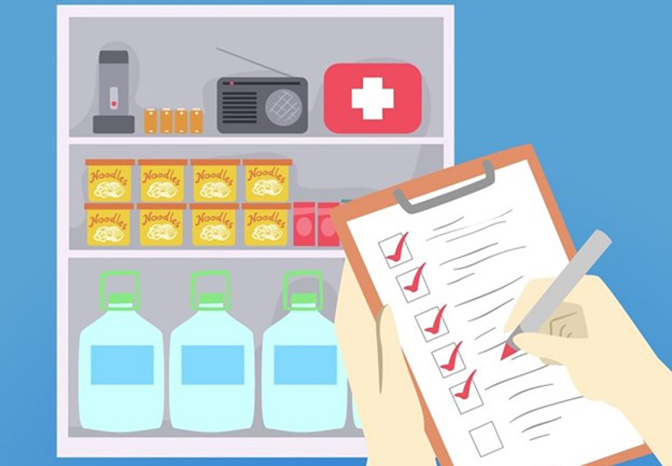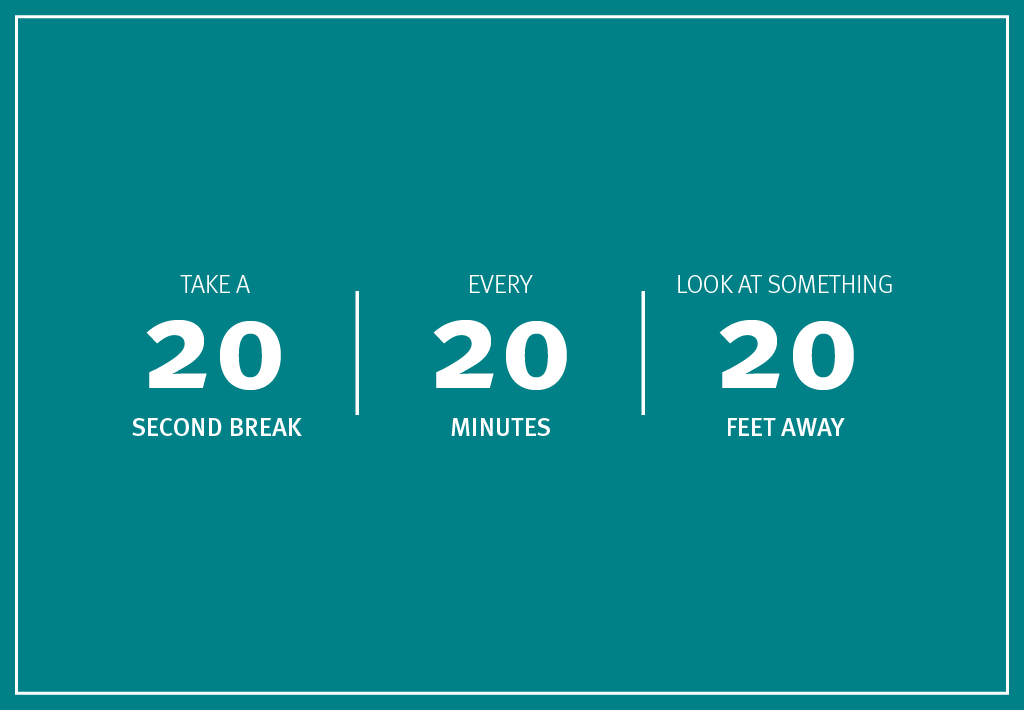
Kōkua to the Caregivers
Bringing balance and well-being to Hawaii’s caregivers.
At UHA we support our members’ total well-being. We recognize that caregivers in Hawaii struggle to meet the heavy responsibility of caring for a loved one while working a full-time job. Learn how you can maintain balance and much-needed well-being in the many roles you serve.
Kōkua aku, kōkua mai.
Help others and accept help.
-‘Olelo No’eau
Underestimating the intangibles—that’s the first problem people run into as caregivers. Not being fully prepared for both guilt and love, and two dozen other emotions, to simultaneously bounce and battle inside you; releasing a constant tremble of stress with everyday decisions, thoughts and actions. The second problem is dealing with the tangible realities—medical bills, safe or appropriate housing, scheduling transportation, making time to cook healthy meals, and paying for various recreational or caregiving services when life’s timing is not on your side.
The price of paradise has cost many local families much more than they’ve anticipated. Hawaii’s caregivers are struggling to balance the heavy responsibility of caring for a loved one—whether it be an aging parent, an infant or child, or a sick family member—and working a full-time job, or multiple jobs, to earn what they need to survive. In 2014, of the caregivers involved in the City & County of Honolulu’s Elderly Affairs Division (EAD) programs, 37% were under the age of 60-years old, making them very likely to be employed and caring for minor children. This group, termed the “sandwich generation,” faces a double burden of caring, not only for their own growing family, but also for aging parents or grandparents as well.
Currently, as the ratio of caregivers to care-recipients decreases—with that ratio projected to fall to less than 3 to 1 in 2030—the need for resources and affordable care opportunities is at an all-time high. Hawaii’s current demographics, mixed with its low wages and high cost of living, make most caregiving situations—especially for the rapidly aging baby boomer generation—quite unsustainable. According to a recent AARP study, Hawaii’s family caregivers who leave the workforce to care for a parent lose, on average, nearly $304,000 in wages and benefits over their lifetime.
“Caregiving is tough work,” explains Craig Gima, communications director at AARP Hawaii. “It’s a labor of love, but there’s a cost for the caregiver. Family caregivers sacrifice financially and face difficult decisions when it comes to caregiving. We hear from a lot of people who have had to leave work to care for a parent or they have to drain their parents’ finances to qualify for Medicaid. The caregivers also pay a price because of the stress on their own health.”
The cost of adult day care is about one third the price of a home-help aid, as well as much more cost-efficient than an assisted living facility, which can range in annual costs from $65,000 to up to $130,000. “For people trying to keep their loved ones at home, adult day care is the best fit, both financially and emotionally, for them,” says Kathy Wyatt, president of Hale Hau’oli Hawaii—an adult day care program with caregiver support services. “Our services give our family members the relief to do things—go out to a movie or even just go to work—and feel secure that mom and dad are safe. We also offer community education programs for seniors as well as for their caregivers.”
Bringing hope and respite to an array of caregivers, The Seagull Schools provide affordable childcare and early education programs, as well as adult day care to various locations on Oahu. The necessity for local parents to continue working soon after welcoming a child has encouraged a competitive daycare and preschool market in Hawaii. Since 1971, The Seagull Schools were designed to support Hawaii’s caregivers, through convenient operational hours, ample financial aid assistance, and strategically developed intergenerational programs that mutually benefit older adults and young children. “Our measure of quality is exemplified by the continuous national accreditation of our schools and by anecdotal comments from those families who have continued using our services generation after generation,” says Charles Larson, founder and executive director of Seagull Schools.
Federal lawmakers are now revisiting policies that address family needs, such as paid parental leave and government-funded preschool, to remedy this problem with more compassionate and sustainable solutions—including the Recognize, Assist, Include, Support, and Engage (RAISE) Family Caregivers Act and the Credit for Caring Act. In early July of 2017, the state passed The Kupuna Caregivers Act—making Hawaii the first in the nation to offer compensation to caregivers who also work full-time. The bill offers a voucher of up to $70 a day for services such as transportation, personal care, respite care, adult day care or homemaking services for caregivers working at least 30 hours a week. According to Hawaii’s Executive Office on Aging (EOA), an estimated 68 to170 caregivers were aided in the remaining six months of the state’s fiscal year, with a second year of funding to be requested in 2018. These new local and federal programs could significantly change the living dynamic for both caregiver and the care-receiver thanks to newly allocated funding, tax write-offs and services—offering a welcomed relief to those in need.
“This program has the potential of providing support at a whole new level,” says Terri Byers, Director of the Hawaii Executive Office on Aging. “The EOA’s goals and objectives have focused largely on the care recipient and with this heightened focus on the employed caregiver, has necessitated closer examination of new outcomes and measurements—including continued employment, work hours, and caregiver burdens and stresses.”
Financial support and program assistance can bring a renewed hope and well-being to Hawaii’s caregivers. Utilizing these resources can help ration an individual’s time and effort, allowing them to pursue more self-care and work opportunities. With today’s aging demographic and longer life expectancy, preparing oneself to enter into a caregiver role is becoming a necessity for many people. Taking time to consider every variable, both seen and unseen, is an important first step in securing a healthy future for you and your loved ones—such as examining individual and family finances, seeking out flex-schedules or work-from-home options with an employer, and understanding the wishes and concerns for both the caregiver and those in need of care.



